Forth Green Freeport has unveiled Sarah Murray as its first ever chief executive, but what exactly is a freeport and will it benefit Fife?
The Forth Green Freeport straddles the Forth estuary. It takes in Rosyth, Mid-Forth (Burntisland and Leith) and Grangemouth.
Forth Green Freeport opened “officially” in June, to muted fanfare because of purdah laws during the general election campaign.
It has been touted to be worth £7 billion in potential investment opportunities.
What is a freeport?
A freeport is a specially designated zone, determined by the government, which companies can operate in and be subject to large tax deductions, like duty and VAT exemption — and other investment incentives.
In Scotland, the are called green freeports, and are required to comply with the just-transition to net-zero by 2045.
Essentially, companies can bring goods into freeports and not be subject to the same customs documentation or tariff requirements. This can be by land or sea.
Companies based inside the freeport area can build goods and products there, without having paid the same costs or providing the same documents they would have to elsewhere.
If these goods are then exported overseas, they do not have to pay UK tariffs or provide the standard customs documentation.
Should these goods then move out of the green freeport into another part of the UK, they have to go through the full import process, including paying any tariffs.
Who is involved in Fife’s Forth Green Freeport?
The Forth Green Freeport is made up of public and private stakeholders.
These include:
- Babcock
- CalaChem
- Edinburgh Airport
- Falkirk Council
- Fife Council
- Forth Ports
- INEOS
- Royal Navy
- Scarborough Muir Group
- The City of Edinburgh Council
Fife’s current ports
Burntisland and Rosyth are the two Fife ports included in the Forth Green Freeport area.
BiFab were one the main operatives in Burntisland until it collapsed 2020. The other is Briggs Marine.
It is being touted as a potential off-shore wind development hub, described by the UK Government as “ideal” for building off-shore wind platforms.
Rosyth is home to Babcock, the company responsible for Type 31 frigate design and other Navy developments.
The ports of Methil and Kirkcaldy are not part of the Forth Green Freeport area.
What could the benefits to Fife be?
Freeport bosses claim there is a potential to attract £7bn of private and public investment over the next decade, delivering Gross Value Added (GVA) of £8.4bn.
This could generate up to 38,350 well paid, highly skilled jobs, almost 19,000 of these being directly linked to the freeport’s target sectors and tax sites, they added.
What are the negatives?
Scottish Trade Union Congress (STUC) claims freeports could reduce tax takings and “displace economic activity” from other parts of the country.
They have been invited by the Forth Green Freeport to put forward a worker representative to the board of directors, which is understood to be taken-up on soon.
General Secretary Roz Foyer said: “The risk is they reduce the tax income and regulatory reach of democratically elected governments while displacing economic activity from other areas of Scotland or simply offering profit advantages to companies who already intend to invest in Scotland.
“As such, it is important that a trade union voice is present during the greenports’ board deliberations.
“A voice of workers on the board will seek to ensure the Scottish Government sticks to its promise that Freeports will require the implementation of Fair Work principles.
“It is also important that companies benefiting from the advantages of greenports should show long-term commitment to Scottish industry and the creation of good jobs.”
Political fears
Lothian MSP and Scottish Green co-leader Lorna Slater has said Scotland should “have nothing to do” with the freeports.
She was minister in the Scottish Government, responsible for green skills, the circular economy and biodiversity when the Forth Green Freeport was announced by Holyrood and the previous Westminster governments.
Ms Slater and the Scottish Greens claim freeports could be used for money laundering, smuggling and other criminal activities.
“Freeports are onshore tax havens that are used by corporations and big business to avoid paying their fair share, drive down labour conditions, and skirt environmental standards.
“They may be called Green Freeports in Scotland, but there’s nothing green about them.
“The evidence is that far from creating jobs, they just move them from one part of the country to another, deepening regional inequality and reducing the tax income we need for essential services like the NHS.
“And that’s before considering their consistent association with money laundering, smuggling and criminality.
“Freeports are very good at making a very small number of people very rich. There’s very little evidence that they’re good for anything else.”
“There’s a reason they were abandoned the last time they were tried in the UK, and why Scotland should have nothing to do with them this time around.”
Is the Forth Green Freeport contributing to a race to the bottom?
Forth Green Freeport denies there will be a “race to the bottom”.
Employment rates in communities surrounding them have a significantly higher employment rate than other parts of the UK, with a productivity rate 47% higher than the UK average, they claim.
They say: “Forth Ports has signed an industry-wide charter to uphold the highest standards throughout the operation of any green freeport.
“All partners are committed to the Fair Work First principles and pay the Real Living Wage.
“Payment of the Real Living Wage will be a central condition in our green freeport investment decision principles guiding new investment.
“This will be implemented and monitored by the board of the green freeport and the governments.
“The governments have publicly stated that the dilution of employment, environmental and social standards is not the intention — a point reflected in the bid prospectus.
“It states green freeports will ‘…be inclusive places synonymous with high standards of work, governance and financial probity…’
“More processing and manufacturing, shipbuilding and port jobs will help to alleviate local deprivation.
“Ports employment is significantly better paid than local community averages and 47% more productive than the UK average too.”
CEO excited to get going at Fife’s Forth Green Freeport
Sarah Murray will start her new role as CEO in August.
She has worked previously in Brussels, in “multi-layered” organisations which involved the public and private sectors.
Ms Murray spent 16 years working in in various senior roles including leading the East of England Brussels Office.
Sarah has also been an executive director of the Thames Estuary growth board, the organisation responsible for overseeing the freeport near London.
She said: “This is an exciting opportunity for me personally and for Scotland to deliver significant economic and environmental benefits, both nationally and for local communities.
“Throughout my career I have gained a wealth of experience of working with multi-layered partnerships and I understand the importance of good, transparent stakeholder engagement.
“I am looking forward to getting started in August and to begin building on the excellent start that the consortium has already made.”
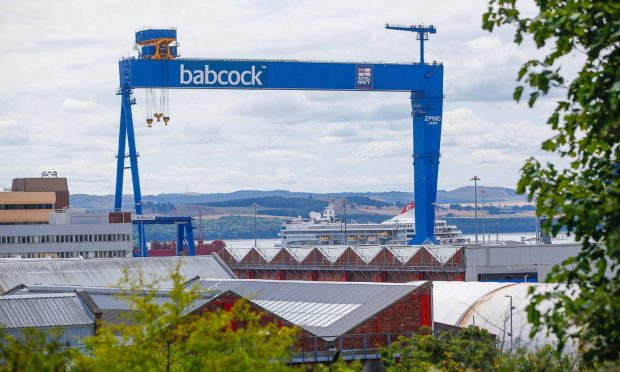
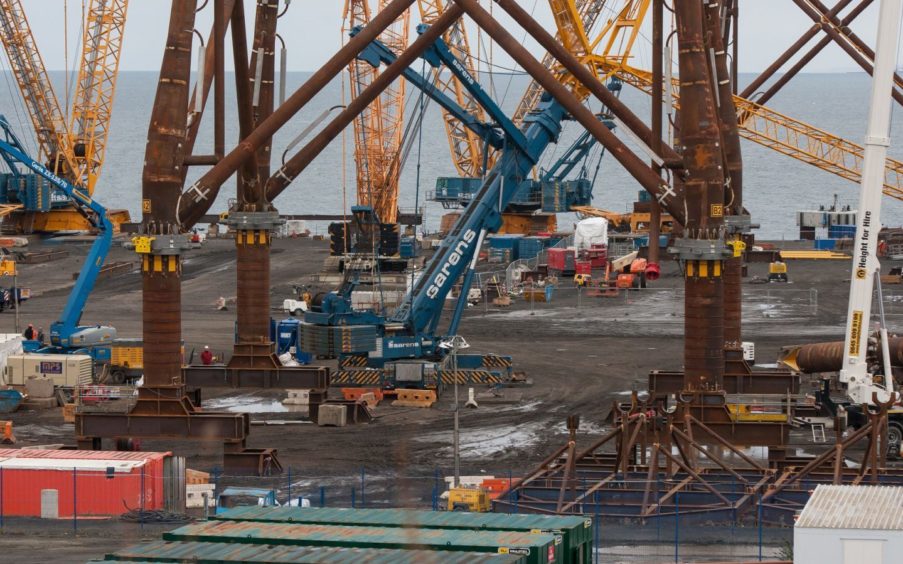

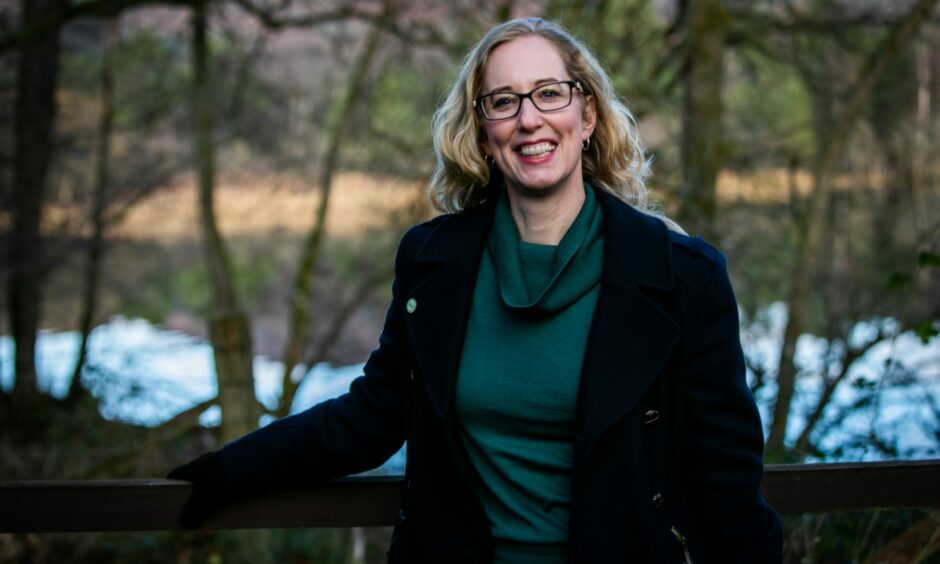
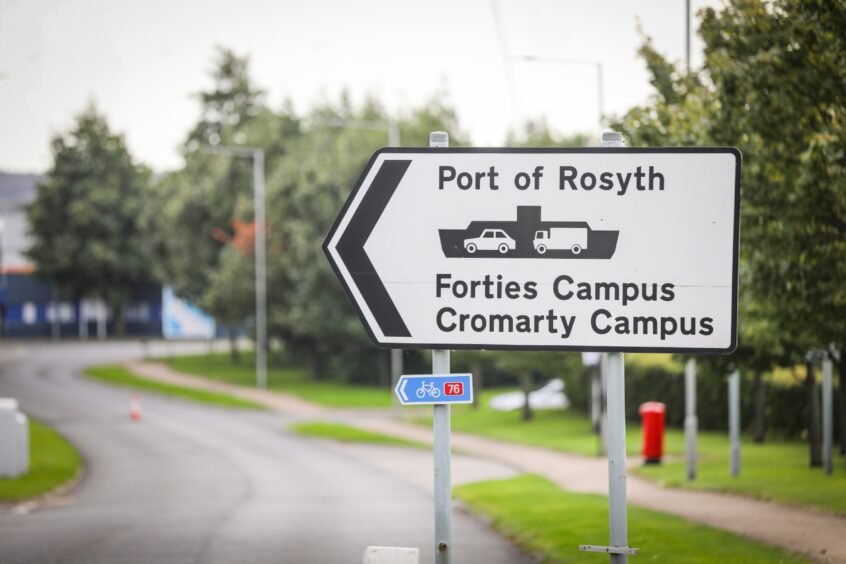
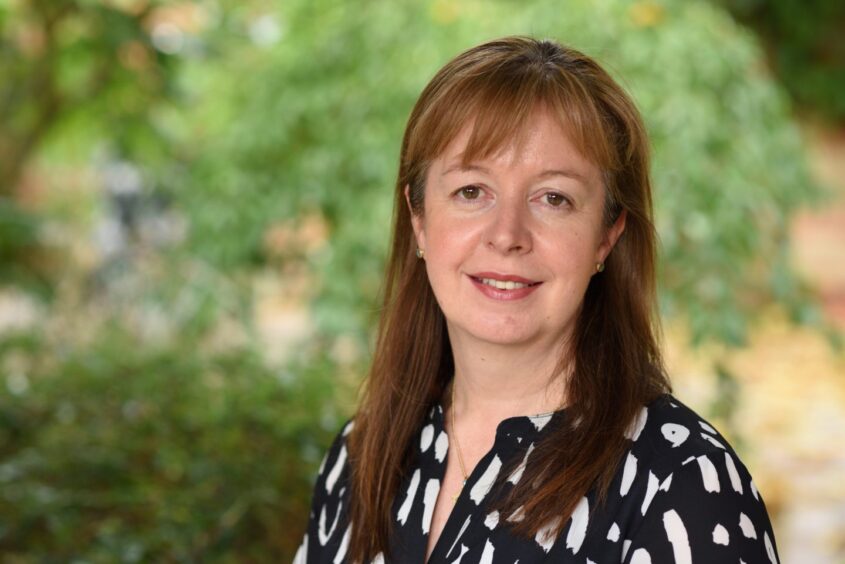




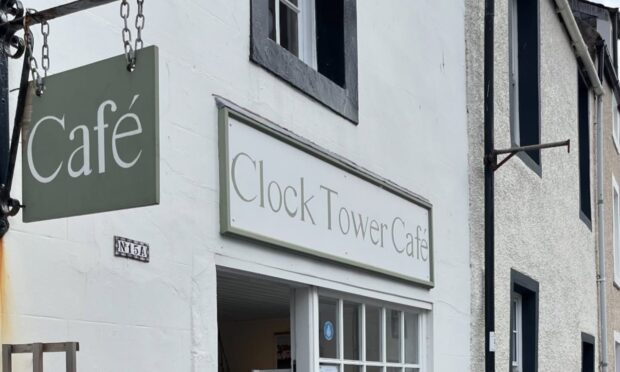
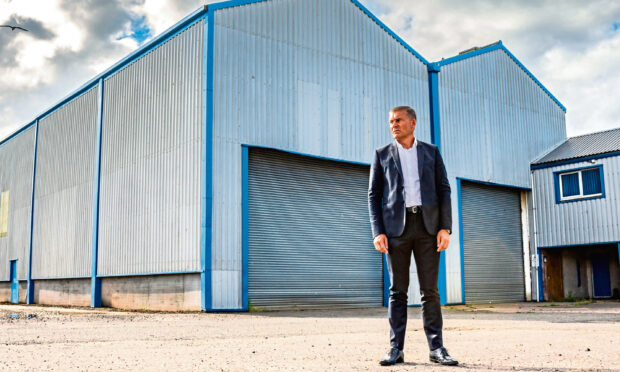
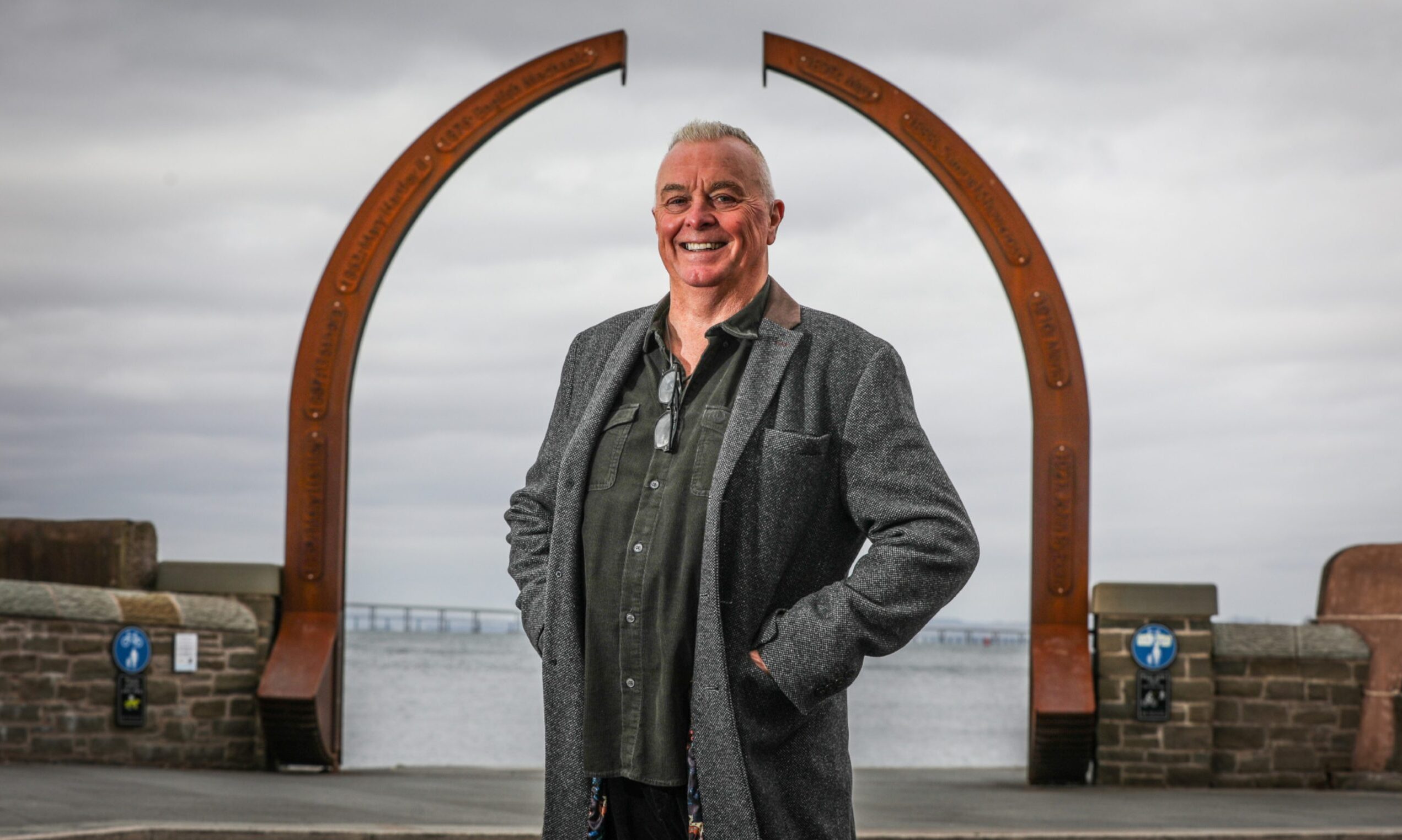
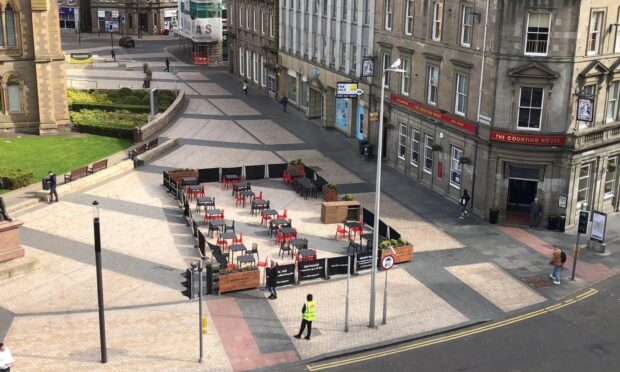
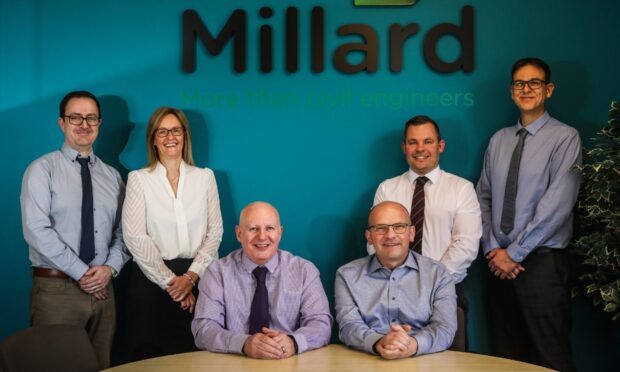
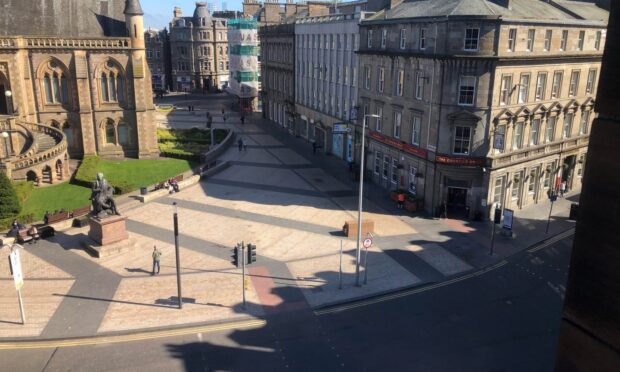
Conversation